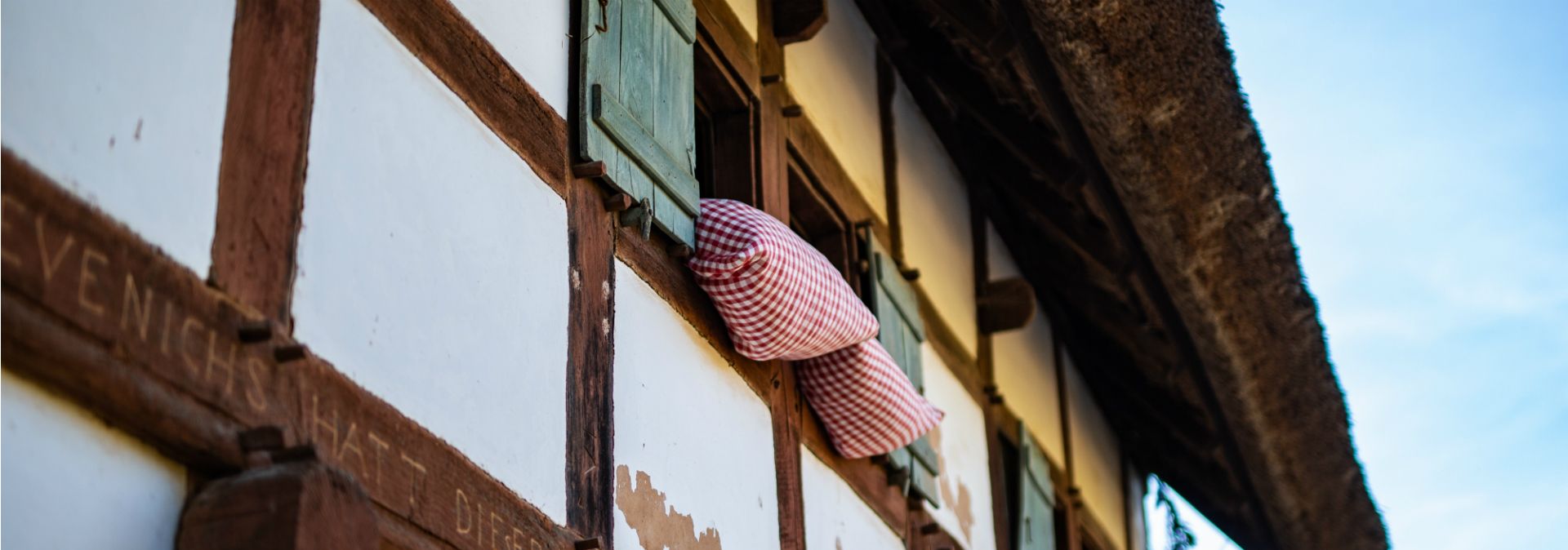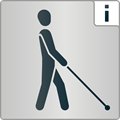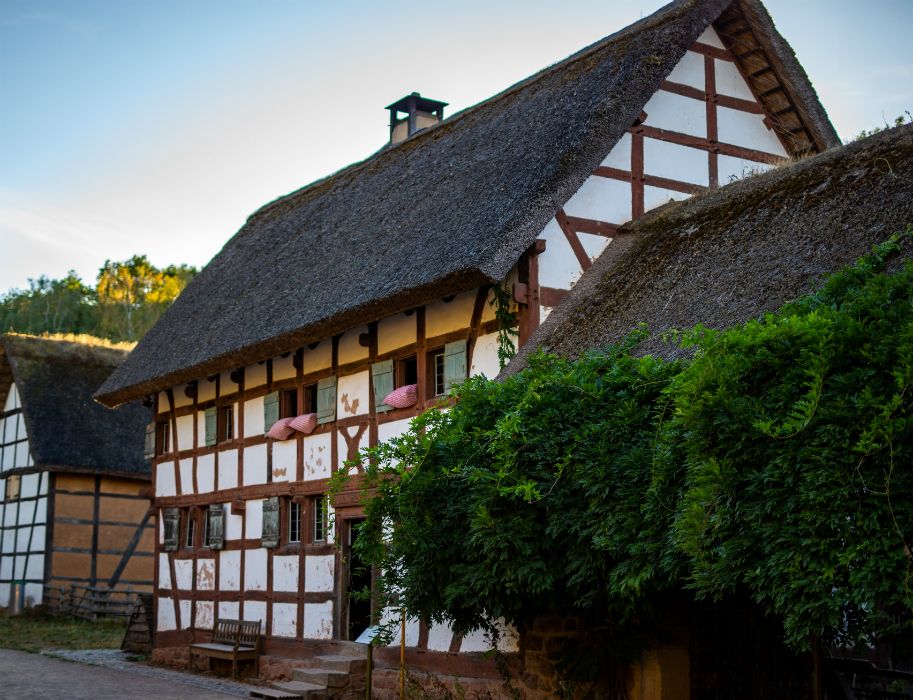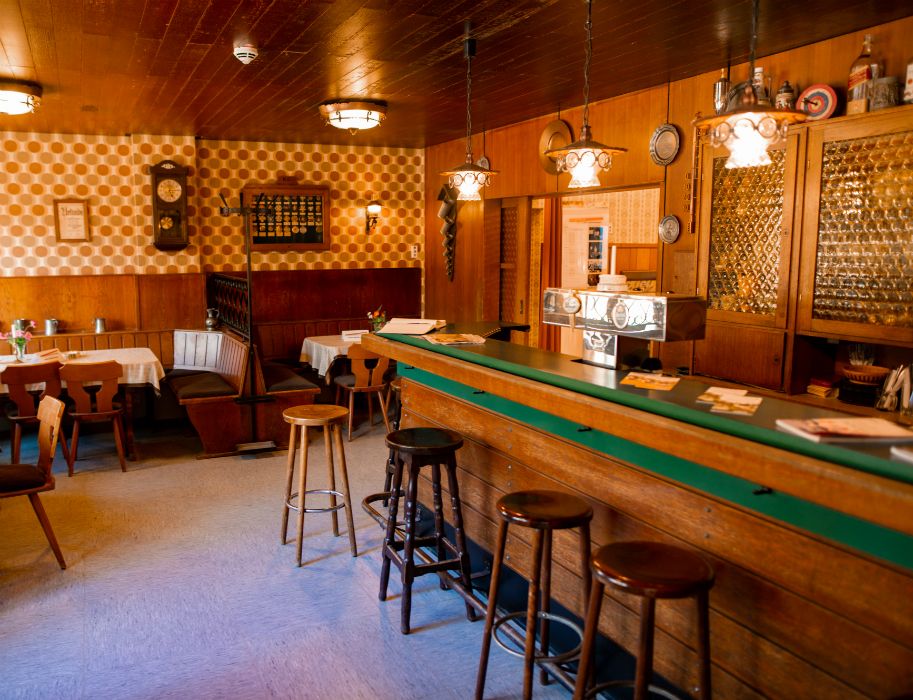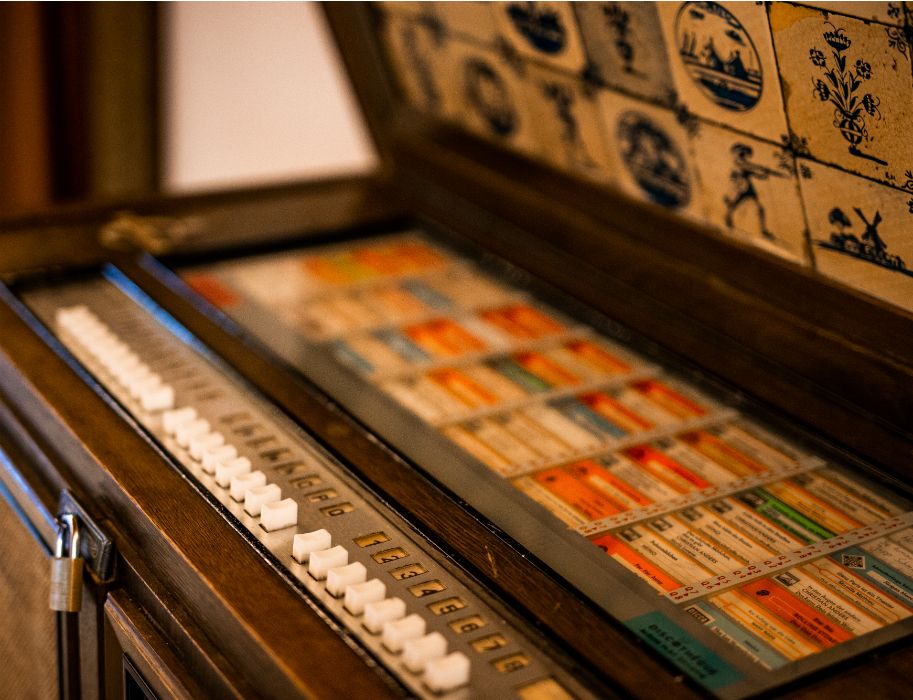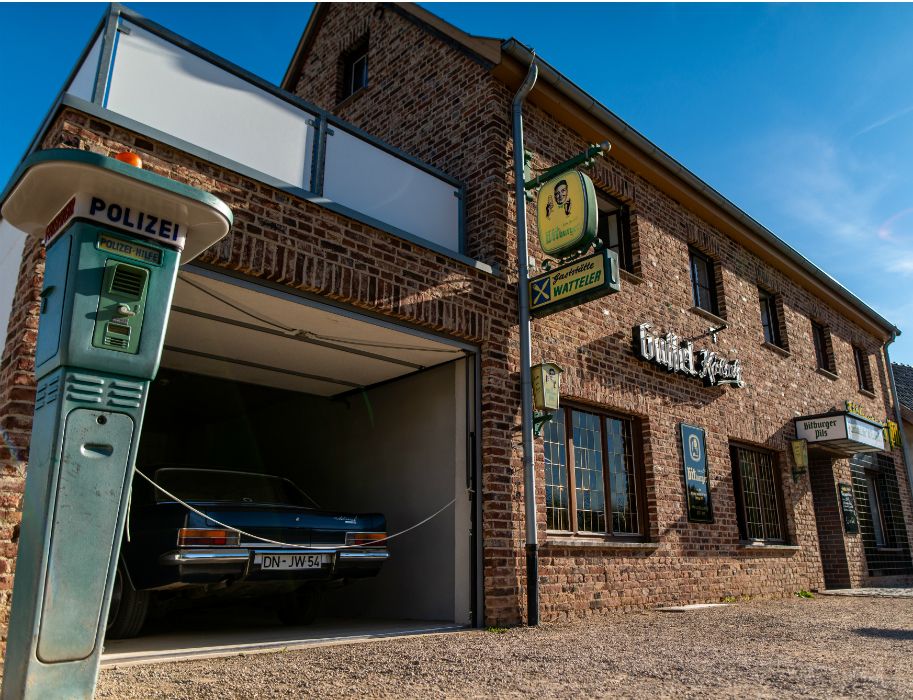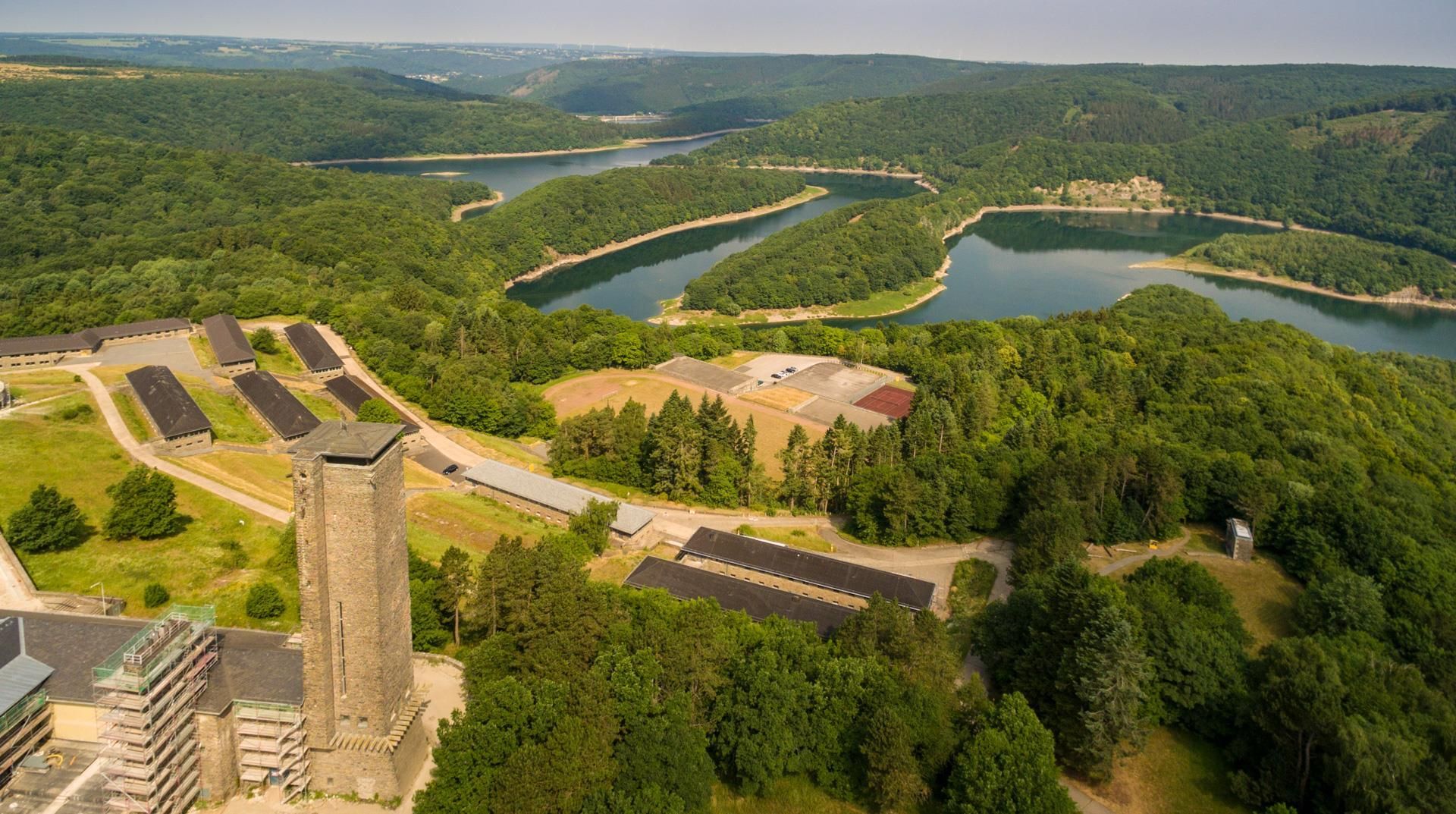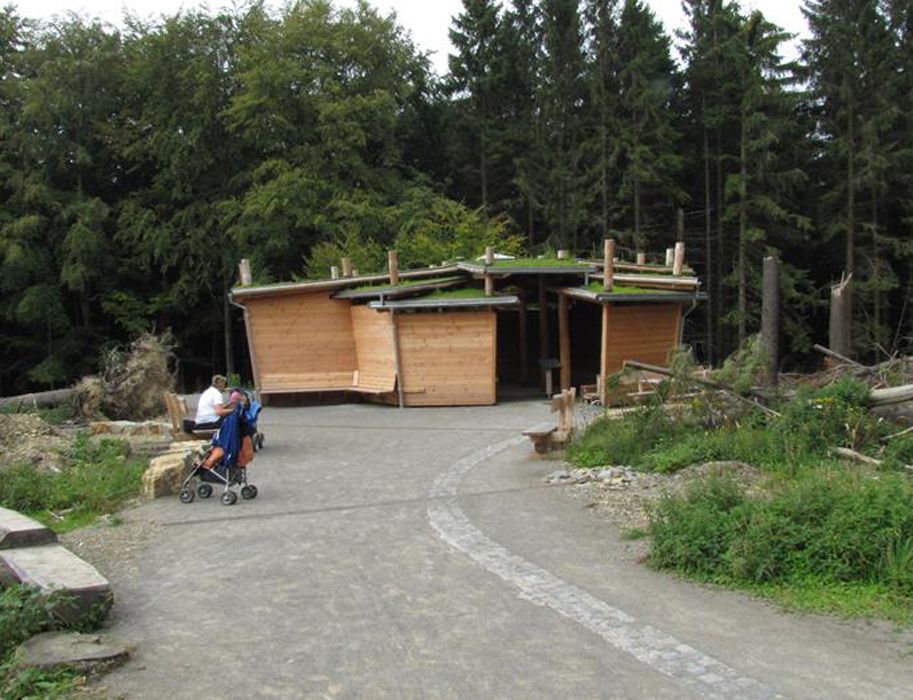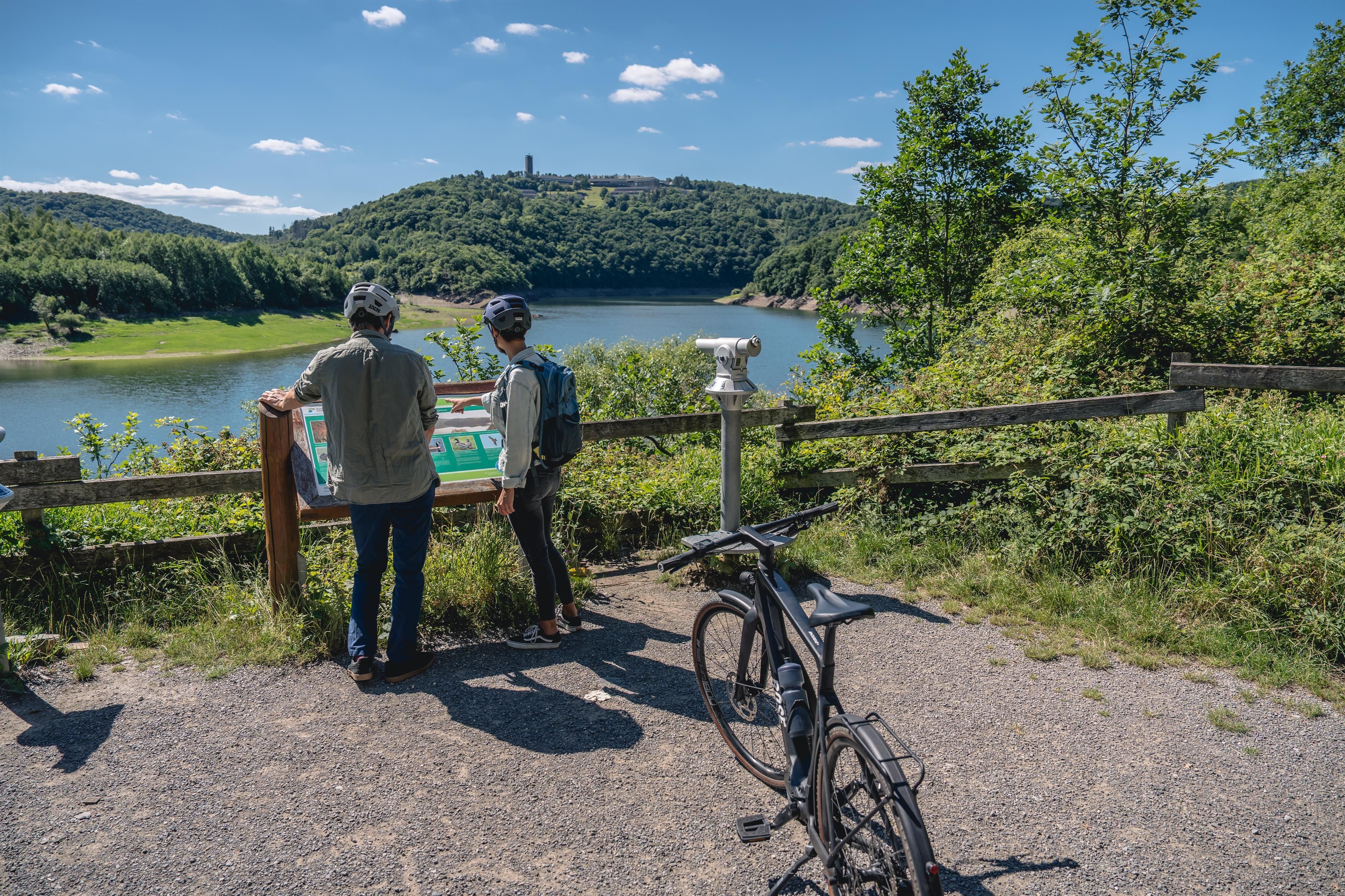Throughout the year, visitors can gain an insight into village life in the former Prussian Rhine Province. Various projects and activity days offer the opportunity to get involved yourself. 79 historic houses have been reconstructed on the 110-hectare museum grounds. Simple smoke houses without chimneys, as were typical in the Westerwald in the 16th century. Half-timbered buildings from the northern Eifel. But also farms and stables where people in the Lower Rhine and Bergisch regions lived with pigs, horses and chickens under one roof.
While strolling through the villages and hamlets, fields and orchards, visitors also meet "real" people from the past, such as the nun Clara Fey, who once looked after poor children who had been left behind, or the farmer's wife Anna Ippendorf. She can regularly be found in her garden in the museum and talks vividly about cooking on an open fire, spinning on the spinning wheel and the arduous gardening work.
It is only a few steps from everyday village life to the more recent past. The narrow alleyways in the permanent exhibition WirRheinländer take visitors through the period from the French occupation to the German Empire and the post-war period. From here, they reach the Rhineland marketplace, which brings the 1950s to the 1990s back to life. Some visitors may still remember. For example, the prefabricated house from the Quelle catalog, the first bungalows and the emergency call pillar, also known as the "Eiserner Schutzmann". But there is also an old air-raid shelter, Nissen huts, which served as accommodation for numerous bombed-out families, and a temporary home for refugees, a container built in 1991.
